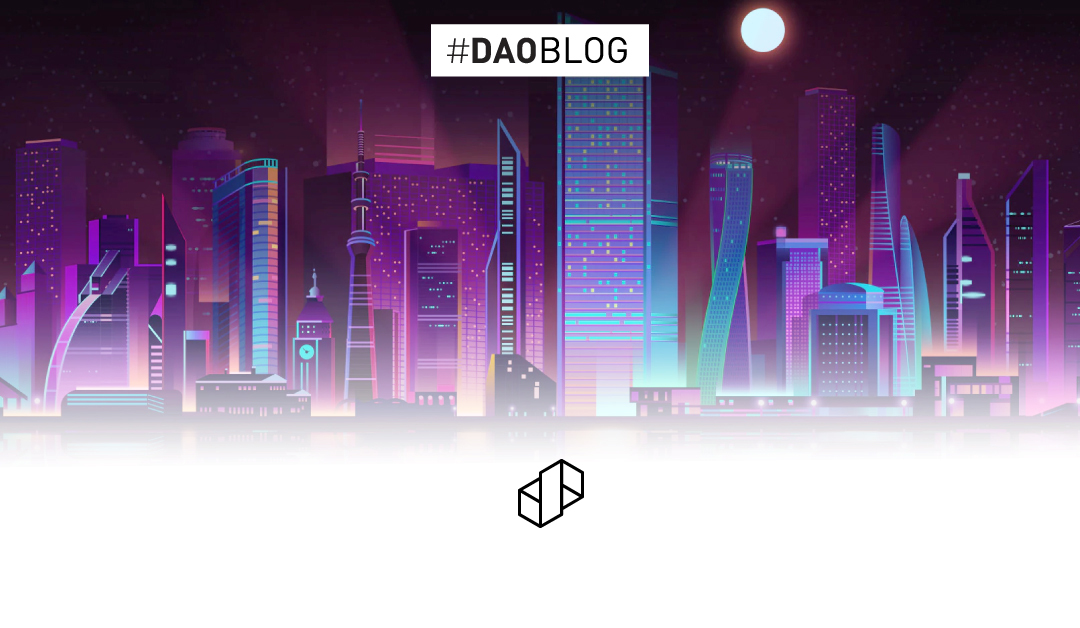In its nascence, the internet started as a collection of static “read-only” websites. No more than digital billboards, they deliver information to the user without a way for the end user to interact with the medium. As it started gaining popularity and widespread adoption, there was an increased interest in interactive content as people and companies realized the hidden potential of this medium.
Web 2.0
The internet evolved, and Web 2.0 came into play, allowing users to interact with these websites, drop comments, send messages, and even share videos. These social networks, websites, and apps thrived on user interactivity and user-generated content. This increased interactivity soon highlighted a glaring problem; the users’ content is owned, governed, and used by these websites and networks. Every post, every interaction, and every piece of content abide by the rules set by these companies.
It was time for the internet to evolve again.
Metaverse
This next evolution of the internet is around ownership, or ‘read-write-own,’ where the data generated is the property of the users rather than centralized third parties. The key elements of Web 3.0 are blockchain, cryptocurrencies, NFTs, and the metaverse – which utilizes AR and VR. Web 3.0 is seeing challengers emerge, threatening to upset the orders of the established Web 2.0 goliaths. The only solution for them is to embrace the change and evolve accordingly.
Facebook renaming itself ‘Meta’ validates this. We’re seeing several companies jumping onto the metaverse trend, such as Adidas launching their own NFTs, Samsung opening their virtual store in Decentraland, and Nintendo seeing massive potential in the metaverse. A healthcare firm in the UAE started rolling out the world’s first hospital in the metaverse earlier this year, amongst many others – and this is just the beginning!
This shift towards adopting the metaverse as a foundation for building the next generation of social interaction, Built on technology, digital scarcity, decentralization, and the rules written by the community rather than a single-player.
At the same time, Creating proving grounds for truly decentralized autonomous networks, abbreviated as DAOs.
Key elements of the metaverse
Timing
Streaming services existed even before Netflix was a thing with Progressive Network (known primarily for their music player, RealNetworks), who began streaming music back in 1995. It could be said that the video streaming business model wasn’t viable back then because of Internet bandwidth limitations. Netflix started its DVD rental business in 1997 and didn’t start streaming until 2007.
The internet’s infrastructure progressed enough to stream millions of frames per second smoothly. Thus, we are now seeing streaming platforms rise. Similar is the case with the metaverse, where timing is crucial for building it.
The adoption of cryptocurrencies at par with that of the internet back in the day and the compatibility of VR/AR applications with smartphones. We are hitting the right time to build the next generation of social interaction in the metaverse.
Layers of the metaverse
Like the OSI Model, which characterizes a universal set of rules for building different products and software on the internet, I believe a similar set of layers would be required to make the metaverse. The essential layers that will unleash the true potential and adaptability of the metaverse are:
1• Immersive layer or experience layer
The magical experience of entering a virtual world would occur. This layer would comprise virtual reality, augmented reality, haptic feedback devices, and IoT sensors. The role of the experience layer would be to create a simulation of reality in the virtual world.
2• Value layer or scarcity layer
With the pandemic shaking up the financial world, at least we have come to terms with the understanding that the printing-money economy is not sustainable. Why? Because it is not scarce. However, governments can print themselves out of losses at the cost of increased inflation. One crucial upside of scarcity is the value that comes with it.
The rise of Bitcoin showed us what digital scarcity means (not considering its speculative side) and what it means to have a limited supply. The value layer of the metaverse will provide digital scarcity so that there remains a restricted supply. This layer will primarily be powered by cryptocurrencies and non-fungible tokens (NFTs).
3• Connectivity layer
Everything requires an engine of growth. The internet and its governing protocols powered the Web 2.0 ecosystem. The ecosystem of Web 3.0 can be built on that, plus blockchain protocols. Users can connect themselves to the metaverse and blockchain through the internet.
4• Application layer
Just like we log into Facebook, we would require an interface to log on to the metaverse. This would require the traditional stack of UI/UX with blockchain at the backend. Web 3.0 protocols would power the application layer with interfaces connecting us to the metaverse and blockchain.
5• Self-governance
The metaverse focuses on ownership over control. With blockchain, cryptos, and NFTs at the base layer of the metaverse ecosystem, it is possible to build a platform where ‘rules without rulers’ ideology can be implemented. A centralized metaverse would be unsuccessful. Key to winning the race of metaverse is empowering the users and creating a world owned and governed by the community and its inhabitants.
The next generation of social interaction
Web 2.0 has turned the world into a global village where we can connect with anybody globally with an internet connection and a few clicks. With the emergence of the metaverse, we are redefining the rules of social interaction and community-building by taking a bottom-up approach to create a virtual world where users can interact, play, communicate, and enjoy, amongst others.
We are on the verge of creating a world free from boundaries, limited by imagination, and full of endless possibilities. However, one question arises: have we entirely consumed the real-world spaces we are now exploring, creating a metaverse?
A long way ahead
I believe we are still very early in building a metaverse. All the hype around the metaverse is partly speculation, and we are just testing the waters. The technologies that will unleash the true potential of the metaverse are still under development and will take some time to become commercially viable.
Nonetheless, slowly but surely, the metaverse will redefine the rules of communication, marketing, collaboration, and even real estate.
To read more blogs, visit our blogs page here.

Khurram Irfan Adhami
Growth Expert


 Book a Meeting
Book a Meeting